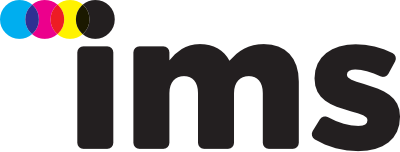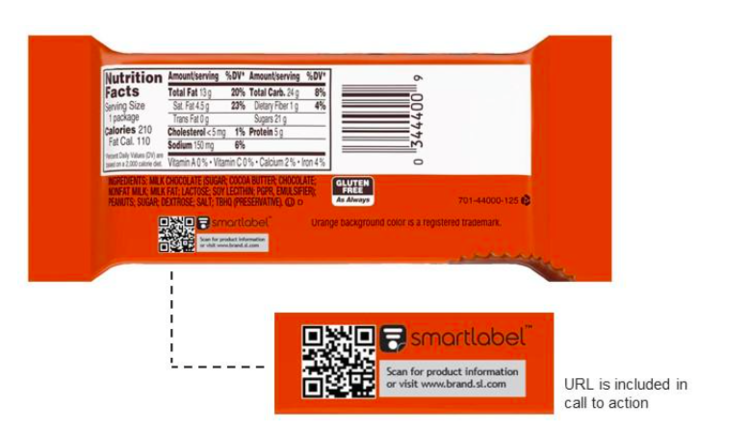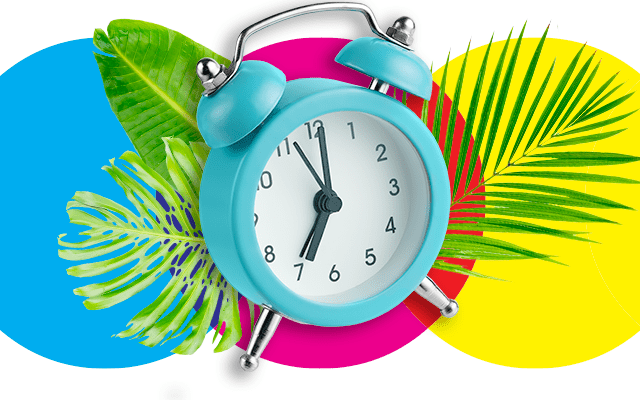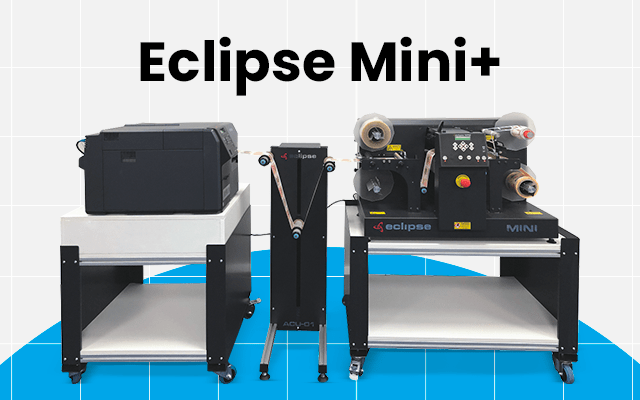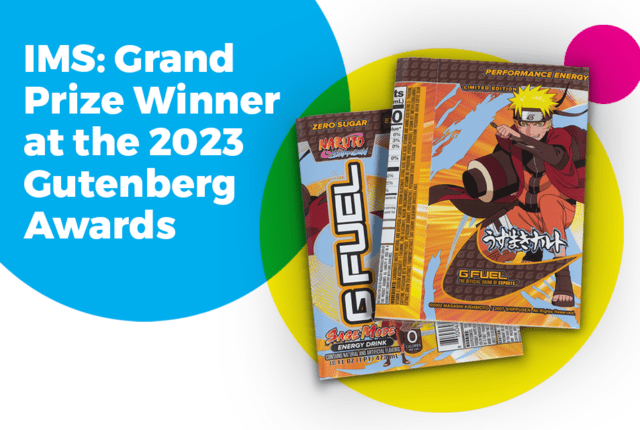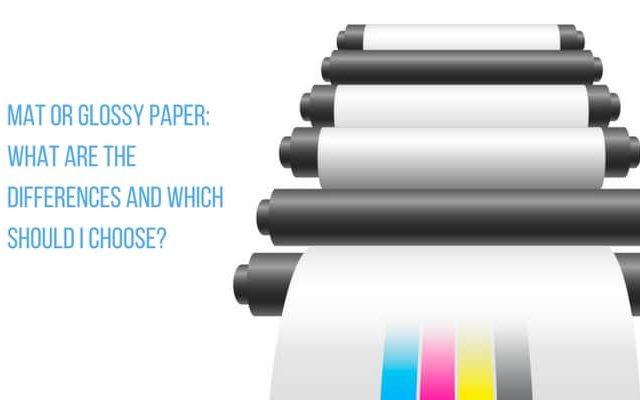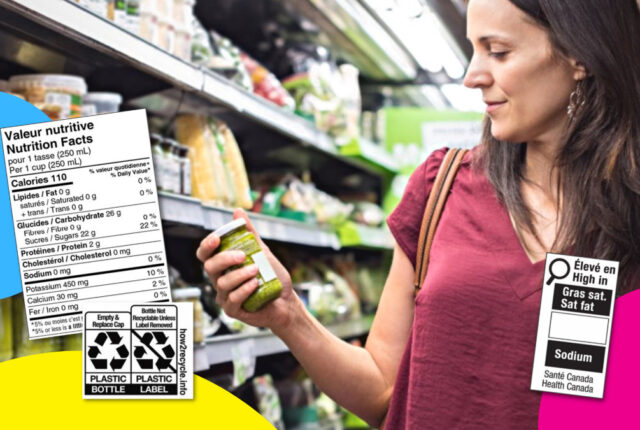Although you may not be aware of it, a major smart packaging initiative is currently underway to give North American consumers unprecedented information about the food, beverage, pet care, personal care and household products they buy. Once completed, it will be biggest smart packaging rollout ever seen.
SmartLabel™
The SmartLabel initiative, headed by the Grocery Manufacturers Association in the United States, in conjunction with the Food Marketing Institute has garnered commitment from more than 30 leading CPG manufacturers to supply detailed information that will be accessible through QR codes printed on participating product packaging. Once a customer scans the code with their smartphone they are linked to a website with a wealth of standardized product info. All information provided by SmartLabel™ is bound by the same legal and regulatory labeling requirements as if it was printed on the label, and is subject to oversight by numerous federal agencies with authority over labeling, marketing and advertising of food, including FDA, USDA, and FTC.
An unprecedented initiative
As of March 25th, four companies are already using SmartLabel – Hershey, General Mills, Food for Life and Naked Bacon – with many more planning to add products in the weeks ahead. According to Roger Lowe, Executive Vice President, Strategic Communications of the Grocery Manufacturers Association, “Participation rates are exceeding initial projections for the initial weeks and months after the early December 2015 announcement.”
The effort is staggering. By the end of next year, it is expected that nearly 34,000 products in the aforementioned categories will have SmartLabel QR codes. It is projected that within 5 years, more than 80 percent of these types of products will have the codes.
Complimentary information
The Grocery Manufacturers Association emphasizes that the information provided through these QR codes is complimentary to what is already on the packaging. Along with the mandatory information such as nutrition and ingredients, the scanned code will give the consumer access to allergens, genetically engineered ingredients, third-party certifications, social compliance programs, usage instructions, advisories and safe handling instructions as well as additional company/brand information.
“It is designed so that consumers can easily have access to a wide variety of information that goes well beyond labeling requirements and can enable them to hone in on a specific question they have on an ingredient or product in just one or two clicks”, Lowe says.
More on the SmartLabel™ Initiative, how it will protect consumer privacy and other ways people can access its information in this Thursday’s blog post
